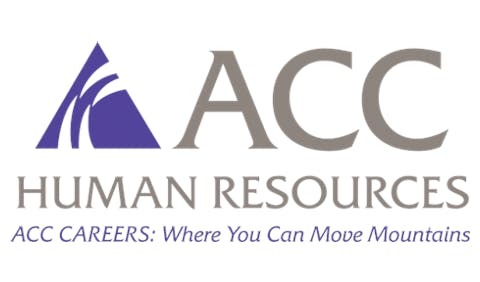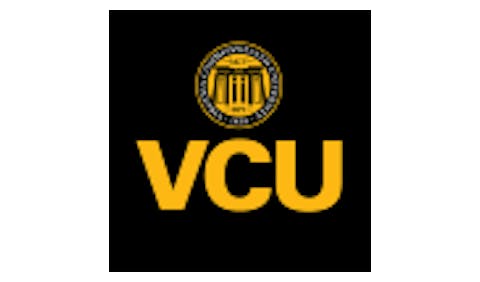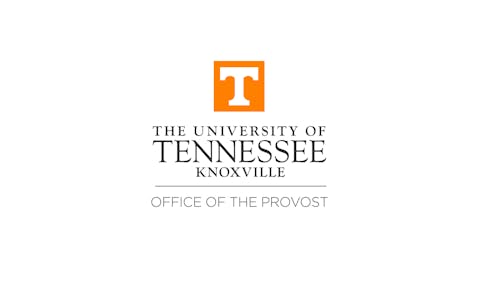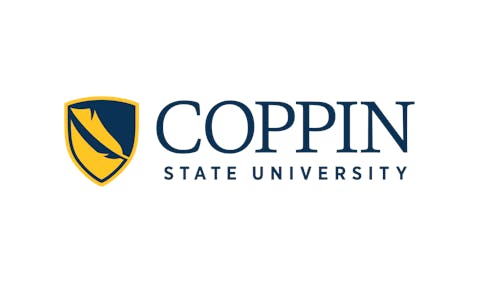A quiet but consequential shift is reshaping higher education: more adults are turning to short-term training programs as fast, flexible, affordable ways to build new skills, improve their job prospects, and increase earning potential. Fueling that momentum is a new law passed by Congress earlier this year that expands Pell Grant eligibility to short-term programs. It’s an overdue change reflecting adult students’ economic reality and businesses’ needs.
 Dr. Chauncy Lennon
Dr. Chauncy Lennon
Expanding financial aid to short-term credentials is a critical first step. Today’s students aren’t just recent high school graduates; they are parents, career changers, and frontline workers. While approximately 30 million high school graduates will enter the labor force in the next decade, they’ll be vastly outnumbered by two groups already in the workforce: the 40 million adults with some college, but no credential, and the 50 million adults whose highest level of education is a high school diploma.
Or, as many HR professionals put it: the workforce of the future is already working.
These adults are not likely to pursue a traditional degree. Most don’t want to be in school for years or take on significant debt. Instead, they want targeted, practical training for in-demand skills to upgrade their jobs or open doors to better ones, especially as industry practices, technology, and automation rapidly evolve. That’s where short-term credentials come in, and public investments in these affordable, occupation-specific, industry-recognized, and quickly-completed credentials address a real and pressing need for many adults balancing work, family, and other responsibilities.
 Brooke DeRenzis
Brooke DeRenzis
But expanding access is only part of the work. We also need to ensure that short-term credentials are actually worth it, especially as more public dollars are being used to expand and support them. That means asking a simple question: Does this credential improve someone’s economic standing?
Years of work with states, community colleges, students, and employers have shown us what makes a credential valuable: it must unlock better jobs, higher wages, and real career mobility. That means weighing the full cost of training—tuition, time, and out-of-pocket expenses—against tangible opportunities after completion. This includes access to better jobs, higher wages, and new career opportunities. As our nation invests in short-term credentials, policymakers should ensure these programs pave a path to economic prosperity. That means setting students up for success from enrollment through graduation (and beyond).
First, policymakers must recognize that “affordability” goes beyond tuition and support the hidden training costs. Certificate students at community colleges tend to be older, more likely to be raising children, and more likely to be working full-time in lower-wage jobs while attending school. For them, the biggest hurdles are transportation, housing, food, child care, and health care. Financial aid lowers some barriers, but it’s not enough when students can’t meet their basic needs. Skills development only works if people have the stability to follow through.
What happens once students complete short-term training also matters. What’s true for degree students is true for credential students: it takes effort to enroll, stay enrolled, and graduate—and that effort should lead somewhere. Credentials must open doors to real opportunity: good jobs with better wages and other advantages like dependable hours, access to benefits, and opportunities to advance. In short, they should be jobs that offer financial stability and dignity, not just a paycheck.
Too often, learners are left guessing about which programs lead to employment, higher wages, or career growth. Policymakers should invest in data and career navigation to give students clear, accessible information about program outcomes, including job placement rates, wages, and long-term economic and career mobility.
We also need tighter connections between training and real-world career opportunities. That means designing programs with employers, supporting sector partnerships that bring together local businesses, worker organizations, community colleges, and others to develop workforce strategies for a local industry, and expanding access to work-based learning so that students have a strong path from the classroom to a real career.
While there is a lot of attention on Workforce Pell, let’s be clear: states must step up, too. They need to invest in these additional strategies and the capacity of community and technical colleges to complement federal investments in tuition and support quality credential programs aligned with labor market and student needs. Otherwise, we risk expanding access to credentials that fall short of their promise.
This work can’t wait. For the first time, we have federal and state momentum around short-term credentials. It’s a critical moment to ensure these programs deliver on their promise. State leaders can’t afford to take a wait-and-see approach or sit back to see which credentials deliver value. They must act now to make sure that short-term training has value for students, employers, and communities.
That’s why Lumina Foundation is joining forces with National Skills Coalition and others through the FutureReady States initiative to assess current approaches across 12 states, share what’s working, and build new strategies that put learners on a path to prosperity.
When short-term credentials are designed with students in mind and supported with the right policies, they’re a powerful tool to help people build in-demand skills, access opportunity, and advance in a rapidly changing economy. But good intentions aren’t enough. If we want programs to deliver for students, businesses, and our economy, we need to intentionally align training with opportunity and put value at the center.
Let’s make sure our investments reflect what students really need: not just access to training, but a real chance ateconomic prosperity.
Dr. Chauncy Lennon is vice president for learning and work and senior strategy advisor at Lumina Foundation.
Brooke DeRenzis is CEO of National Skills Coalition.














